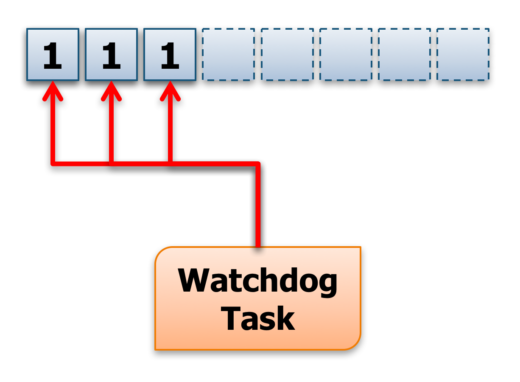Embedded Conference Scandinavia
Next week is the Embedded Conference Scandinavia [ECS], which takes place in Kista – a suburb of Stockholm, Sweden.
This is the foremost embedded event in the Scandinavian region and I have visited and presented there numerous times. This year I have the privilege of being invited to present 4 papers …
Self-testing in Embedded Systems
 All electronic systems carry the possibility of failure. An embedded system has intrinsic intelligence that facilitates the possibility of predicting failure and mitigating its effects. This paper reviews the options for self-testing that are open to the embedded software developer. Testing algorithms for memory are outlined and some ideas for self-monitoring software in multi-tasking and multi-CPU systems are discussed.
All electronic systems carry the possibility of failure. An embedded system has intrinsic intelligence that facilitates the possibility of predicting failure and mitigating its effects. This paper reviews the options for self-testing that are open to the embedded software developer. Testing algorithms for memory are outlined and some ideas for self-monitoring software in multi-tasking and multi-CPU systems are discussed.
Power Management in Embedded Systems
The importance of power management in today’s embedded designs has been steadily growing as an increasing number of battery powered devices are developed. Often power optimizations are left to the very end of the project cycle, almost as an afterthought. In this paper we will discuss design considerations that should be made when starting a new power sensitive embedded design, which include choosing the hardware with desired capabilities, defining a hardware architecture that will allow software to dynamically control power consumption, defining appropriate power usage profiles, making the appropriate choice of an operating system and drivers, choosing measurable power goals and providing these goals to the software development team to track throughout the development process.
Selecting an Embedded Operating System
Most modern embedded systems employ an operating system [OS] of some kind, and this necessitates some critical design decisions. Should you obtain a commercially available OS, choose one of the “free” offerings, or develop one in-house? If the acquisition of a commercial OS is planned, how do you make the selection? This session reviews in detail all the facets of the make vs. buy and OS selection decisions – both technical and commercial – for an OS on an embedded design.
Writing Reliable Code with MISRA C
C is the most widely used language for embedded software development. Although it is compact, efficient, expressive and powerful, some features of the language can be used in ways that result in unsafe code. The Motor Industry Software Reliability Association defined MISRA-C – a set of guidelines for using C language to create reliable, safe software. This session illustrates how MISRA-C C may be employed, using examples to show how the guidelines may be applied to any safety-critical software, not just automotive applications.
If you are attending ECS, do stop by and say hello. If you would like a copy of any of my presentations, please email or contact me via social media.
Comments
Leave a Reply
You must be logged in to post a comment.



Very Informative. I’ve been lately working on dynamic power consumption in embedded devices specially battery powered IoT nodes. The scope was to use sleep modes of SoC and optimizing clock frequency of every associated peripheral of SoC(Timers/PWM, ADC etc) to run a battery powered device for long period of time. specially which are deployed on field. Would like to see how it goes in the conference.
@Ayan – Of course, IoT devices are a significant domain where power management is critical.